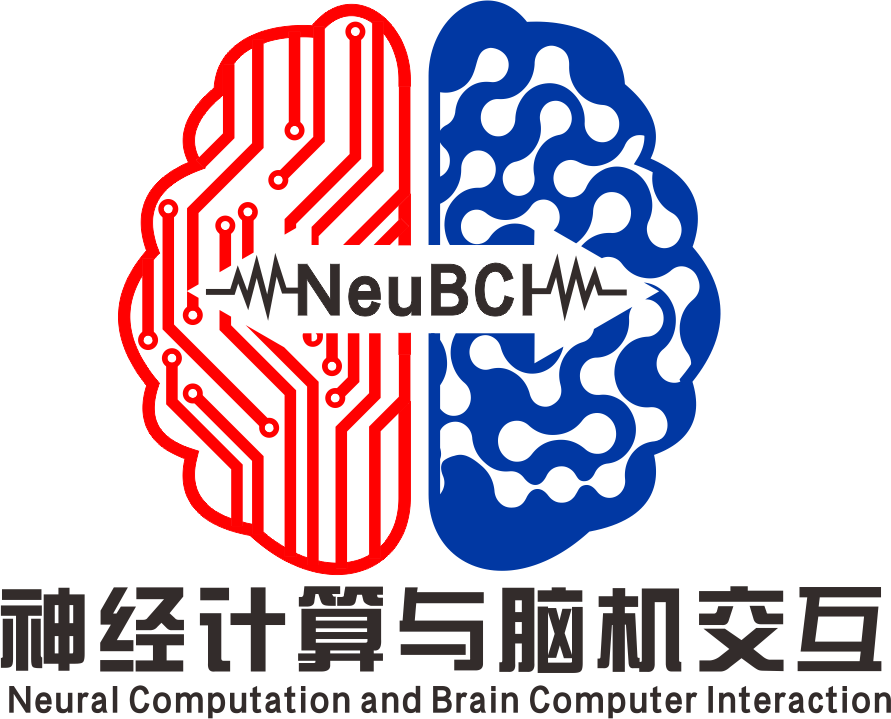本文的第一作者为博士生李丹,题目为” Multi-subject Data Augmentation for Target Subject Semantic Decoding with Deep Multi-view Adversarial Learning” 被Information Sciences 录用。
以下为文章摘要:
Functional magnetic resonance imaging (fMRI) is widely used in the field of brain semantic decoding. However, as fMRI data acquisition is time-consuming and expensive, the number of samples is usually small in the existing fMRI datasets. It is difficult to build an accurate brain decoding model for a subject with insufficient fMRI data. The majority of semantic decoding methods focus on designing predictive model with limited samples, while less attention is paid to fMRI data augmentation. Leveraging data from related but different subjects can be regarded as a new strategy to improve the performance of predictive model. There are two challenges when using information from different subjects: 1) feature mismatch; 2) distribution mismatches. In this paper, we propose a multi-subject fMRI data augmentation method to address the above two challenges, which can improve the decoding accuracy of the target subject. Specifically, the subject information can be translated from one to another by using multiple subject-specific encoders, decoders and discriminators. The encoder maps each subject to a shared latent space, solving the feature mismatch problem. The decoders and discriminators form multiple generative adversarial network architectures, which solves the distribution mismatch problem. Meanwhile, to ensure that the representation of the latent space preserves information of the input space, our method not only minimizes the local data reconstruction loss, but also preserves the sparse reconstruction (semantic) relation over the whole dataset of the input space. Extensive experiments on three fMRI datasets demonstrate the effectiveness of the proposed method.
中文摘要参考:
功能磁共振成像(fMRI)在大脑语义解码领域有着广泛的应用。然而,由于fMRI数据采集耗时且昂贵,在现有的fMRI数据集中,样本数量通常很少。在fMRI数据量不足的情况下,很难建立一个精确的大脑解码模型。目前的语义解码方法主要集中在有限样本的预测模型设计上,而对fMRI数据增强的研究较少。利用相关但不同被试的数据可以看作是提高预测模型性能的一种新策略。当使用来自不同被试的信息时,有两个挑战:1)特征不匹配;2)分布不匹配。针对以上两个问题,本文提出了一种多被试fMRI数据增强方法,可以提高目标被试的解码精度。具体地说,可以通过使用多个特定于被试的编码器、解码器和鉴别器将被试的信息从一个转换到另一个。编码器将每个被试的数据映射到一个共享的潜在空间,解决了特征不匹配的问题。解码器和鉴别器构成多个生成对抗网络结构,解决了分布不匹配问题。同时,为了保证潜在空间的表征保留输入空间的全部信息,我们的方法不仅最小化了局部数据重建损失,而且保持了输入空间整个数据集上稀疏重建(语义)关系。在三个功能磁共振成像数据集上的大量实验证明了该方法的有效性。
